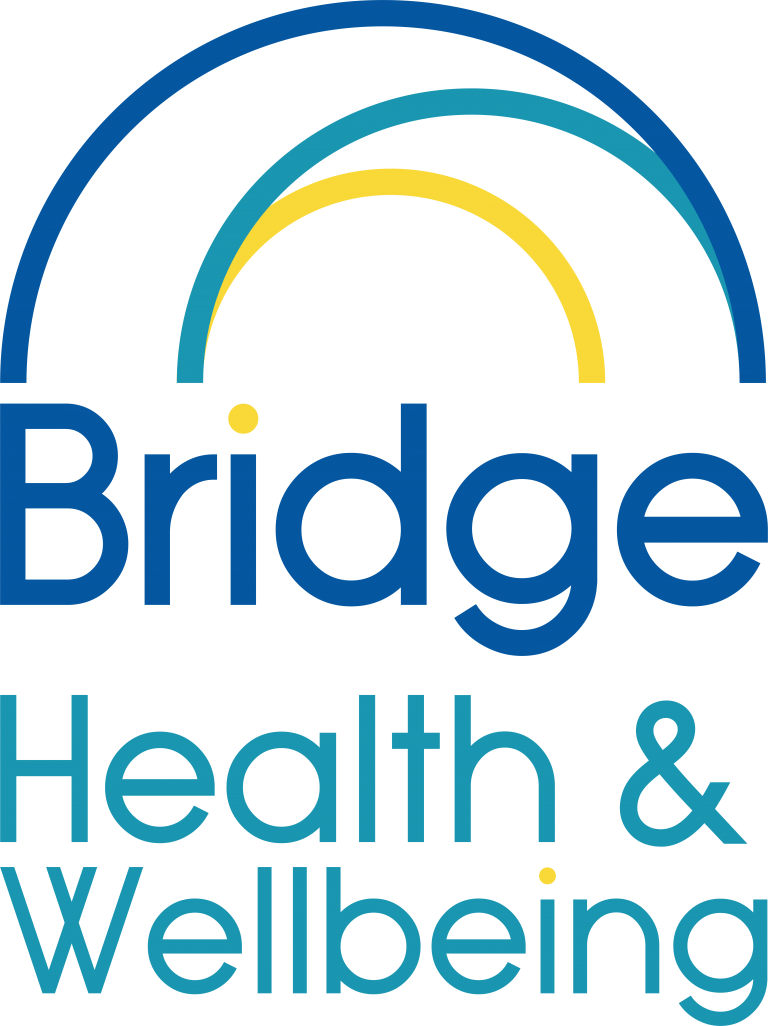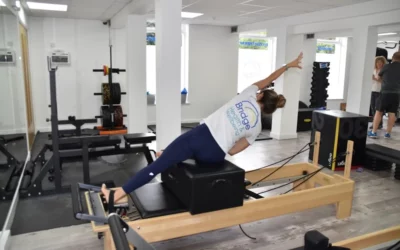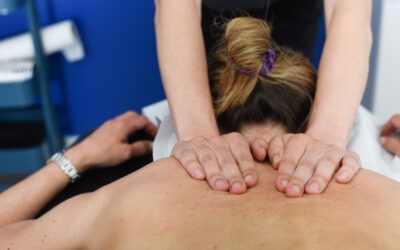Did you know that around 80% of Premier League football clubs employ a chiropractor or osteopath?

Our chiropractor, Aaron Coode, talks us through the common footballing injuries he has come across in his career and how he works with players to treat them.
Aaron has two decades of clinical experience. His areas of special interest are spinal rehabilitation, sport and gait-related injuries. He splits his time between seeing patients at Bridge Health & Wellbeing, teaching at the AECC University College and Southampton FC.
Chiropractors use a range of techniques to reduce pain, improve function and increase mobility. This includes hands-on manipulation to free joints in the spine or other areas of the body that are not moving properly. As well as manual treatment, chiropractors are able to offer a package of care that includes advice on self-help, therapeutic exercises and lifestyle changes.
“I have been working for Southampton FC for seven years. in that time I have worked with players from the Academy, U23, Girls & Womens and the First Team. I spend the majority of my time with the First Team squad.
There are several key areas in which I work with players: treating injured players, treating healthy players to keep them fit, and squad-based sessions for injury prevention.
When a player is injured the goal is to return them to full fitness as quickly and safely as possible. An injured player might be treated by a range of members of the sports medicine team: the doctor, physiotherapist, sports therapist, chiropractor, pilates instructor and strength and conditioning specialist. My role as a chiropractor is to treat the spine and reduce its impact on an injury. For example, hamstring strains are common in football and treating the low back and pelvis has been shown to improve healing times.”
Injury Prevention as well as treatment
“I also help to maintain the fit players. They will come in for a ‘MOT’ to make sure that they have full and pain-free movement and to stop them developing any niggles. Often, after spraining an ankle an athlete will be pain-free and can return to sport. But it is common to be left with a stiff ankle. I might spend some time each week treating that ankle to keep them moving well to reduce the risk of reinjury.
I also take weekly group sessions that are focused on injury prevention. These are usually a mix of mobility exercises to maintain normal movement and some core exercises to build strength and stability. Think of a challenging Pilates class and you won’t be far off it.”
Common footballing injuries
“Most injuries In football are of the lower limb. The most common are muscle strains (hamstrings & groins) and joint sprains (knees & ankles).
Because football is a sport that involves lots of short sprint efforts and direction changes this can place high stress on the muscles and joints of the legs, especially the hips, pelvis and low backs. A Premier League footballer will run between 6-12km in a match. But they will rarely run more than fifty metres in one go. It is very common to see them develop pain and stiffness around the hip joints, muscles of groin, the pelvis and lower back.
These are the main areas I treat. I make sure that their hips are as mobile as the can be and that the pelvis and spine are as mobile and stable as they need to be.
Feet and ankles are another common injury area. It’s important to make sure they have the mobility and strength they need. It is, after all, called ‘football’!”
How do you treat these injuries?
“I start with assessing some big movements like a squat. Then we move into assessing the spine from head to toe to see if there are any stiff joints or muscles. Then we look at the hips, knees and ankles. If the player is struggling with a specific movement (such as jumping for a header) we will have a look at that to see if we can identify why they are struggling.
Treatment is usually a combination of joint manipulation and mobilisation, soft tissue massage, and some exercises. Everyone has individual needs, so treatment is always personalised.”
What can players do to minimise risk?
“Whilst it is impossible to eliminate the risk of getting an injury, players can do some things to reduce their risk. Having enough mobility in their spine, hips and ankles to be able to play for those ninety minutes each weekend is vital.
‘Core stability’, which means having sufficient strength in the muscles of the spine, is important. Not just for protecting the spine but for athletic performance in general. The ‘core’ (think of the bit between your shoulders and hips) is vital in developing power for running and jumping.
We know that leg strength is protective against injury so doing some resistance training in the gym to strengthen the hips, hamstring, thighs and calves can also help keep players on the pitch.”
Here is an example of a basic trunk programme
This can be used for those with back issues as a rehab plan, or with a bit more intensity for people who build a strong core to help their athletic performance. They are my ‘go to’ 5 exercises, great for anyone looking to improve their core strength.
- Cat Camel: a great spinal mobility exercise
Begin by rounding your back upward until you feel a gentle stretch in the mid and low back. Pause for 3-5 seconds then relax and let your stomach fall downward as you gently arch your back. Perform 2 sets of 10 repetitions to warm up prior to strengthening exercises.

2. The bird dog
Begin by gently tightening your stomach muscles to activate your core. Raise one arm to shoulder level as the opposite leg lifts simultaneously off the floor extending to hip level. Hold for 10 seconds and return to the start position and alternate sides. Perform 2 sets of 10 repetitions.

3. Side plank
Begin lying on your side with your elbow underneath your shoulder and knees bent. Gently tighten your stomach muscles to activate your core. Lift your hips off the floor so that your feet and elbow are supporting your body weight. Hold for 10 seconds. Repeat 4-6 times and then repeat on the opposite side.

4. Plank
Begin lying face down with your elbows under your shoulders and your legs extended. Gently tighten your stomach muscles to activate your core. Lift your knees and hips off the floor so that your forearms and toes are supporting your body weight. Hold for 10 seconds. Repeat 4-6 times.

5. Glute bridges
Begin lying down with both knees bent. Gently tighten your stomach muscles to activate your core. Squeeze your glutes and lift your hips off the floor until your knees, hips and shoulders are in alignment. Hold for 2-4 seconds before slowly returning to the start position. Perform 2 sets of 10 repetitions.

If you are looking for any more advice or struggling with pain yourself, why not book an appointment with our chiropractor Aaron, physios Paul, Steve and Victoria or our sports massage therapists Sam and Ella today. You could also join our Strength and Conditioning classes on Wednesdays and Thursdays.



